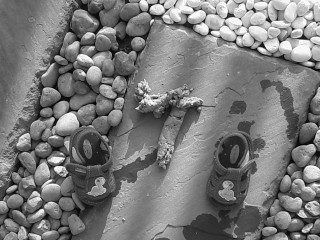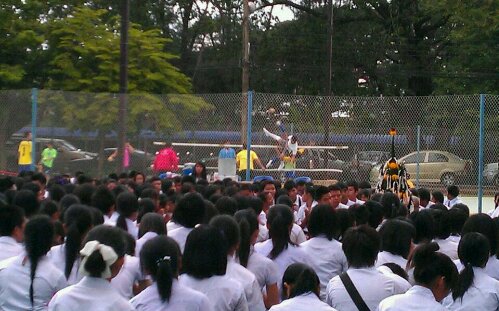Last night, I was driving alone down the highway into a headwind and a small gecko suddenly appeared on the outside of the windshield, probably blown up through the bodywork from wherever he was chilling down below.
Geckos are good to have in your car because they eat bugs and are just cool to watch, but it sucks when they die inside because they stink for ages. Anyway, I have always been fascinated by their sticky feet. I decided to test just how much grip they have by flooring it. I got to about 170 km/h when he suddenly crouched down low in a spiderman pose and leaped off the side of the windshield. The thing is, I have a feeling that the wind carried him into the open window. If so, I hope the little guy eats his share of the mosquitoes that torture Mina in the back… and eventually dies peacefully outside.




